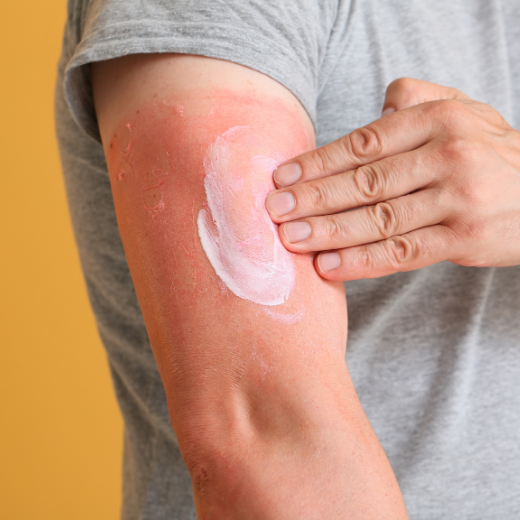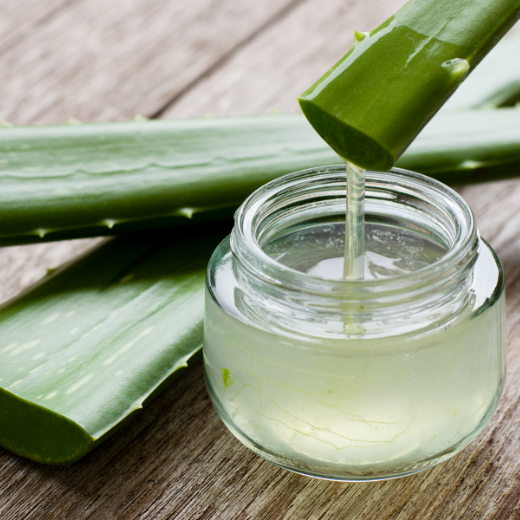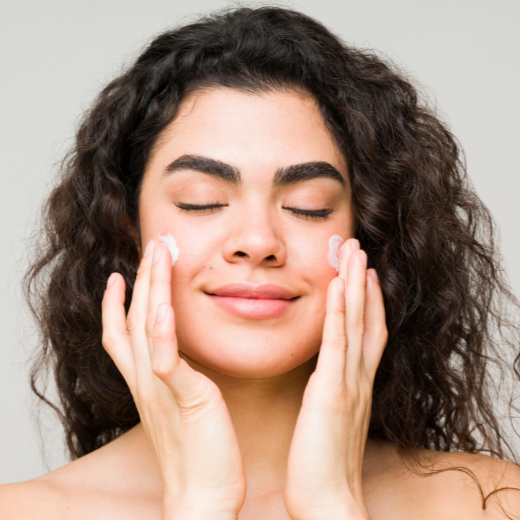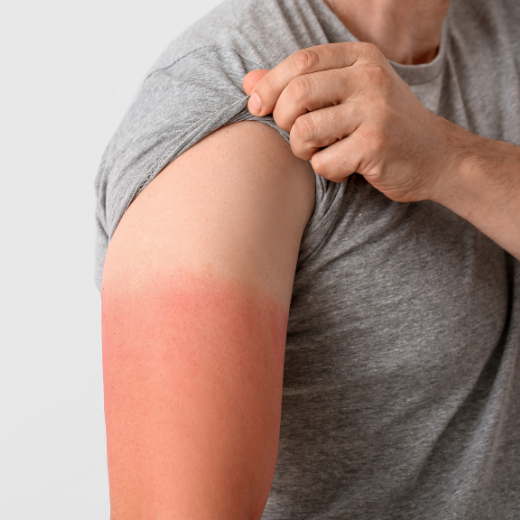I Got A Sunburn! Now What? How to Care for Sunburned Skin
Posted by Nikki Wisher on Jun 27th 2023
It’s that time of year – the sun is bright and beckoning to us to spend our free time lounging poolside or sunning at the park. As much fun as those sunny days can be, it’s not so much fun when you get home, look in the mirror, and see that telltale pink skin of a sunburn. Ouch.
No judgment here, we’ve all been there. How do you help your skin heal and keep damage to a minimum? Follow these tips for sunburn care.
Soothe with Cool Water
You’re about to thank me for this advice because not only does it help your skin but it feels fantastic. One of the problems with sunburns is that your skin can hold heat for long after you come in from the sun, so when you notice a burn, cool down the skin with cold water. You can take a cool bath or shower or you could use cold compresses on the area. Afterward, pat your skin dry gently rather than rubbing it dry.
Seal in Hydration
You might visibly see how dry sunburned skin is, so it may be no surprise that sunburns pull moisture out of your skin. One of your first steps after a sunburn should be to apply moisturizer to rehydrate your skin. Do this immediately after that cool shower or cold compress to seal in that cool moisture. Try to use a soothing moisturizer if possible.
Here’s a bonus tip: you can also become dehydrated when you’re sunburned because the sunburn is pulling hydration outward from your body. Drink plenty of water to refresh your body.

Choose the Right Soothing Products
If you ask ten people what you should put on a sunburn to soothe it, you’ll get ten different answers…some of which are right and some of which aren’t. Here’s the verdict: the best products to soothe a sunburn are aloe products or, especially for a severe burn, over-the-counter hydrocortisone cream.
Just as important is knowing what not to put on your sunburn. Don’t use petroleum jelly because it traps heat inside your skin. Avoid any products that end in “-caine” too, like benzocaine or lidocaine, because these can irritate your skin or trigger an allergic reaction. You should also avoid anything with alcohol, egg whites, or vinegar.

Give Your Skin a Break
When you have a sunburn, you can continue with your daily skin care routine as usual, with some exceptions: avoid any products that could be irritating to your skin. That includes exfoliation, retinol products, and any products with fragrances, for example. Wait a week before you bring these back into the routine, or a bit longer if your sunburn is severe or is taking longer to heal.
Get Overprotective
Shielding your skin from sun damage should always be part of your daily routine, especially during the summer, but it’s even more important when your skin is already burnt. Take extra care to prevent further damage while your skin heals:
- Use broad-spectrum sunscreen on a daily basis
- Wear sun-protective clothing
- Wear a wide-brimmed hat and large sunglasses to keep more of the sun off your face and the area around your eyes
- When you’re outside, stay in the shade as much as possible

Keep Blisters Intact
If you develop a particularly severe sunburn, your skin will blister – this is the sign of a second-degree burn. If this happens, be careful to protect the blisters from breaking. Your body creates these blisters to heal serious damage, and if they pop, your burn will take longer to heal and will be at risk for scarring as well as an infection. Try to wear clothes that don’t rub against the blistered area and, if necessary, put gauze over the area to keep the blisters from rubbing.
Resist the Urge to Peel
If your skin starts to peel as your sunburn heals, the best thing you can do is to keep your hands away and let your body work its magic rather than peeling the skin on your own. Your skin peels when the skin below it is healed enough to be exposed safely. Until then, your skin is still healing, so peeling it too early can leave you vulnerable to further damage and inflammation.
Rehabbing Your Skin After a Sunburn
When it comes to sun damage, prevention is always the best medicine. But we all have times when the sun gets the better of us, so if a sunburn happens, don’t beat yourself up. Just follow the simple tips above to help your skin heal so you can get back to safely enjoying your summer.

